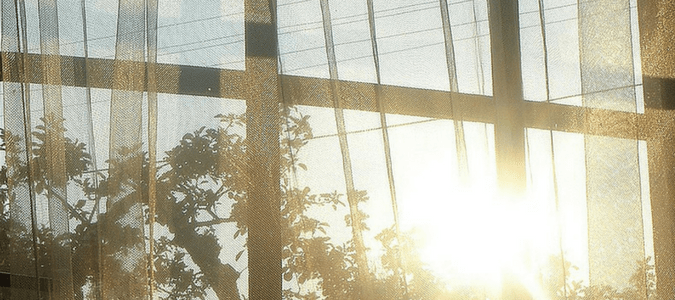
If you live in an area with a warmer climate, your air conditioner works hard during the summer months. What is the best temperature to set your thermostat during the summer to prolong the life of your unit and keep your home comfortable while not spending too much on electricity? Let’s learn about some ways to keep your cool even when the temperature climbs.
What Temperature to Set Thermostat in Summer
If you find yourself blasting your home’s air conditioning during the summer, you’re not alone. The trick, though, is understanding summer thermostat settings. Read below for tips and tricks on controlling your thermostat during the hot months of summer.
Consider a Programmable Thermostat
Installing a programmable thermostat is one of the first things you should consider, if your home isn’t already equipped with one. That’s because a programmable thermostat can help you set different temperatures throughout the day without having to do so manually. These changes are based on factors like time of day: when you’re at home, when you’re away, when you are sleeping and when you are most active. Installing a programmable thermostat allows you to be energy efficient and cost effective while saving you time adjusting the temperature when your home gets either too warm or too cool.
Apply Different Temperatures at Different Times of Day
According to the Department of Energy, homeowners can save as much as 10 percent every year on utility bills by turning back their thermostats for eight hours a day. As long as you are away from work, consider turning your home’s temperature up. When at home, the Department of Energy suggests setting the thermostat to 78°F. It might seem warm, but when compared to the heat outdoors, that setting can keep your home cool and comfortable. When you’re away, however, consider turning your thermostat up seven to 10 degrees. Here’s a good rule of thumb to remember: the smaller the difference between the temperatures inside your home versus outside your home, the lower your costs will be.
Make Some Adjustments Around Your Home
There are plenty of tricks you can employ to keep your home cool, even after you turn the temperature up. For starters, consider installing window treatments or blinds that block sunlight and prevent heat from entering your home. Before you leave, simply close them. Doing so can lower your indoor temperatures up to 20 degrees. To keep cool air in and warm air out, take a close look at the caulking around your doors and windows to ensure your home is sealed tight. Old or broken caulking could be letting the cool air out and the warm air in.
Other helpful tips relate to your home’s appliances. It might seem obvious, but running the dishwasher or dryer could be adding extra heat to your home. Instead of running the appliances when the weather is at its peak heat outdoors, consider running them after dark (which could also save you money on off-peak utility use). Move your cooking out to the grill instead of firing up the oven for dinner to keep the heat out of the kitchen. If you do use the oven or stove top, make sure to turn on the exhaust to pull the hot air out. Choose lightweight cotton sheets instead of satin, silk or polyester, which can feel warmer during the summer.
Another way to keep the cool air circulating is by installing ceiling fans in every room and energy-efficient cooling units in warmer areas. If you do have a ceiling fan that you use during the winter months, make sure the blades are adjusted to move in a counter-clockwise position during the summer. Take advantage of later natural light and keep at least some lights off until you need them. Consider opening windows when temperatures drop to circulate cooler air. Solar screens or window film can help block some of the sun’s rays from entering your home and having awnings, trees and vines can shelter your home from the relentless summer sun.
One of the reasons your air conditioner works harder during the summer months is that dust and allergens accumulate in your air filter, making your system work harder to cool the same amount of air. Replacing your filters regularly and performing routine maintenance can help your unit better maintain summer thermostat settings.
These suggestions might seem tedious at first, but over time, these simple tricks will become part of your daily routine and can help you save money.
Don’t Fall For This Misconception
Despite what some people might think, setting your thermostat at a colder setting than desired will not cool your home in a faster period of time. In fact, it will simply result in excessive cooling, more expenses and potentially, a broken AC system. It might seem counter-intuitive, but the higher the temperature is in your home, the slower the heat will flow inside.
Call An Expert to Keep You Cool
Whether your home needs window caulking or you’re looking to install a more energy-efficient cooling unit, ABC Home & Commercial Services has you covered. Our team of highly trained professionals are experts in both heating and cooling and can ensure your home is ready for the warm days ahead. Don’t want to wait until your bill is too high. Give us a call today.
